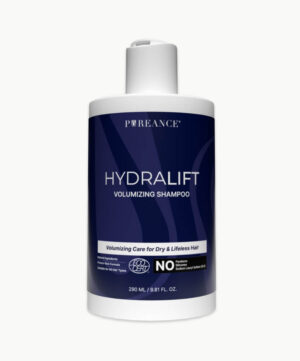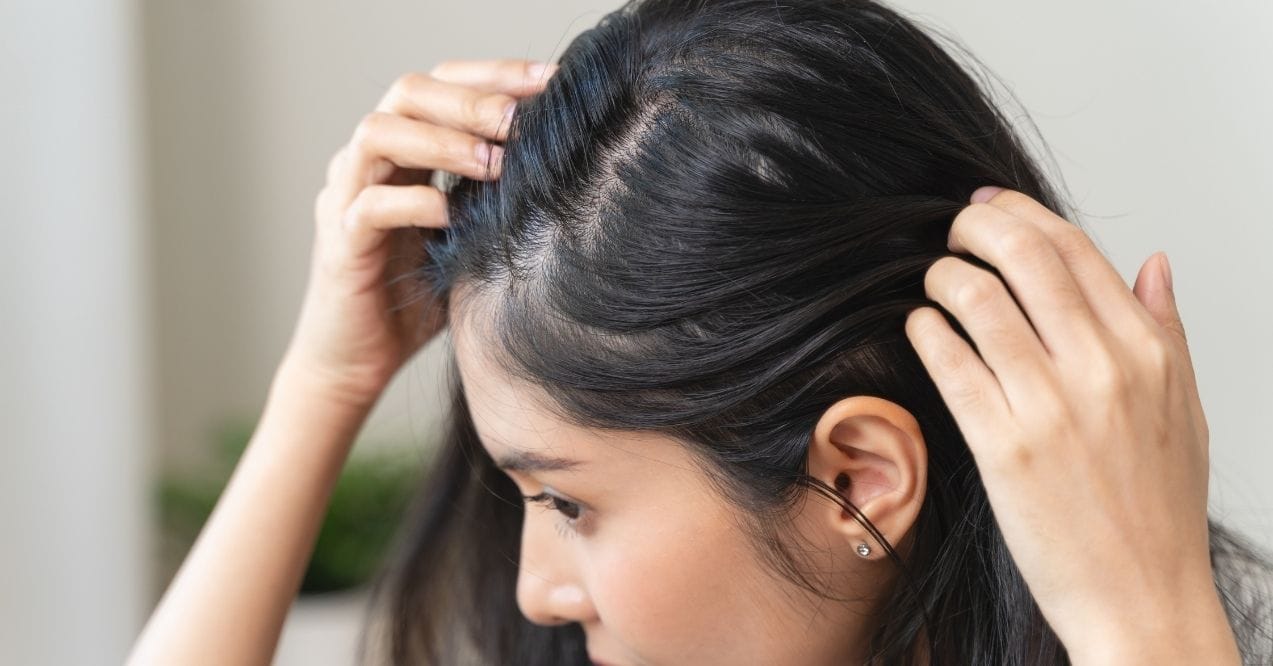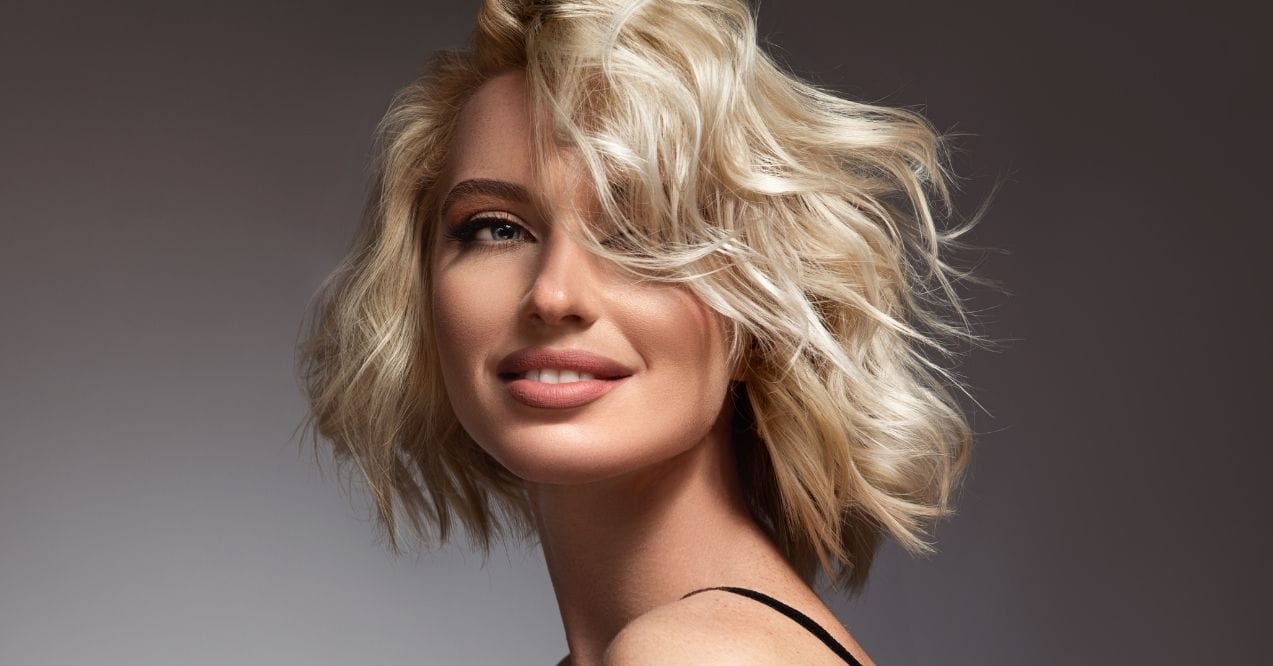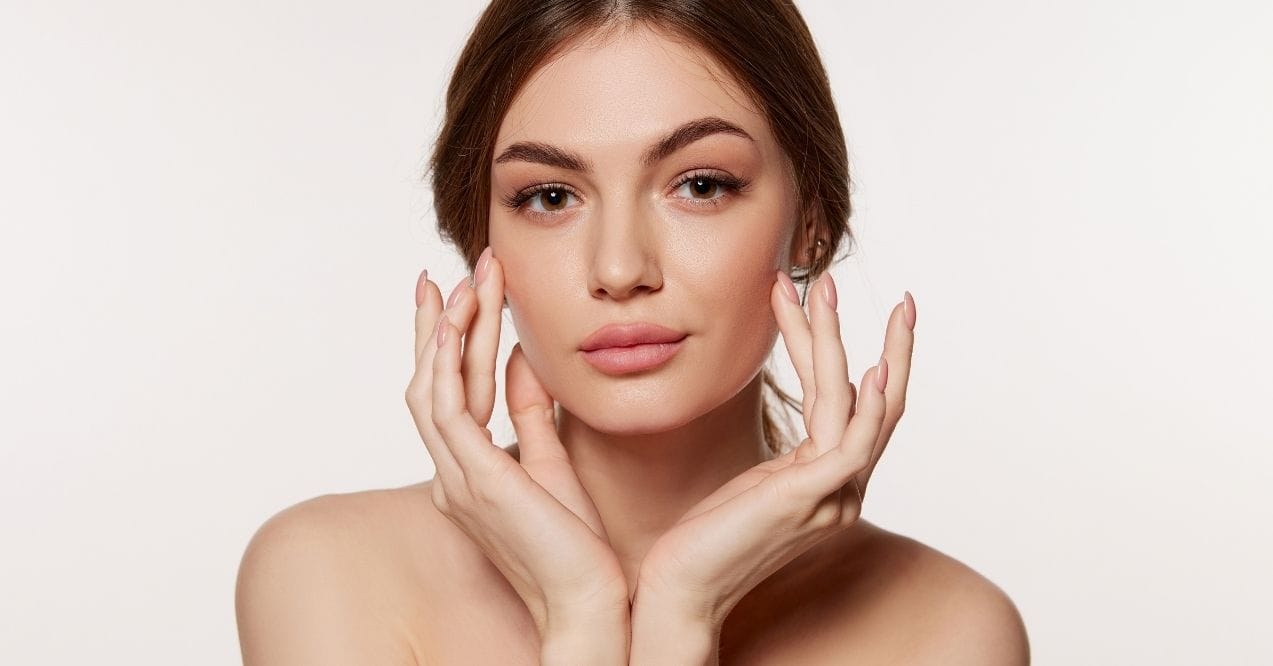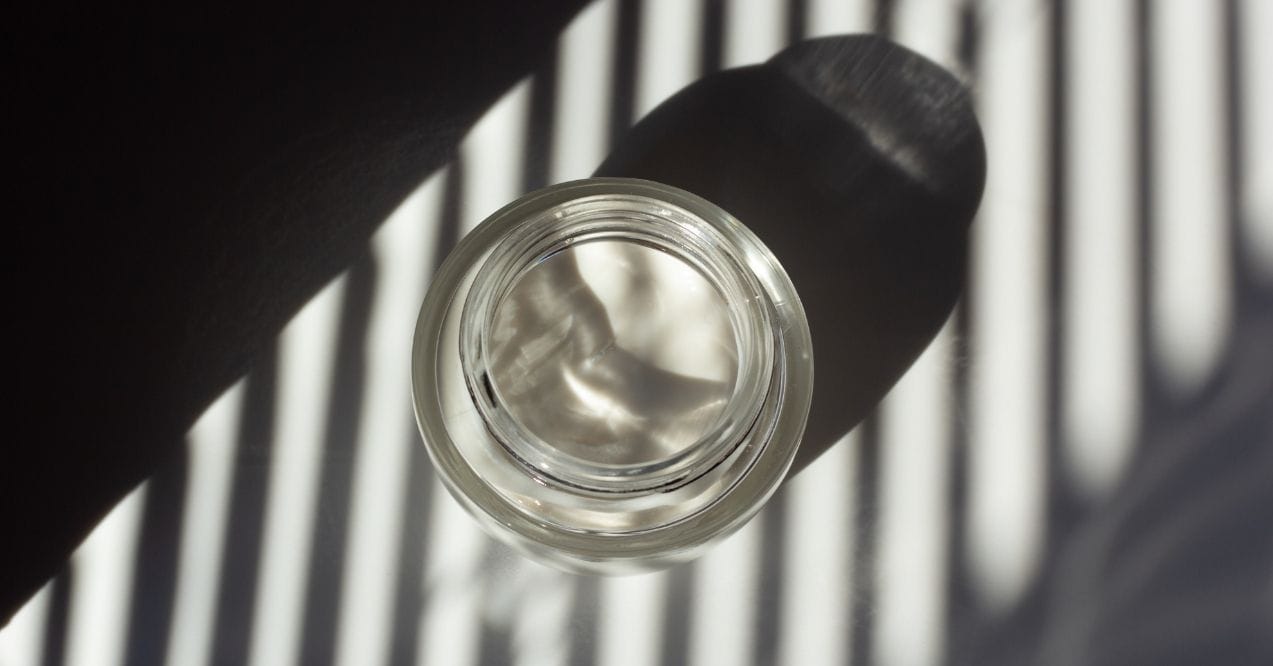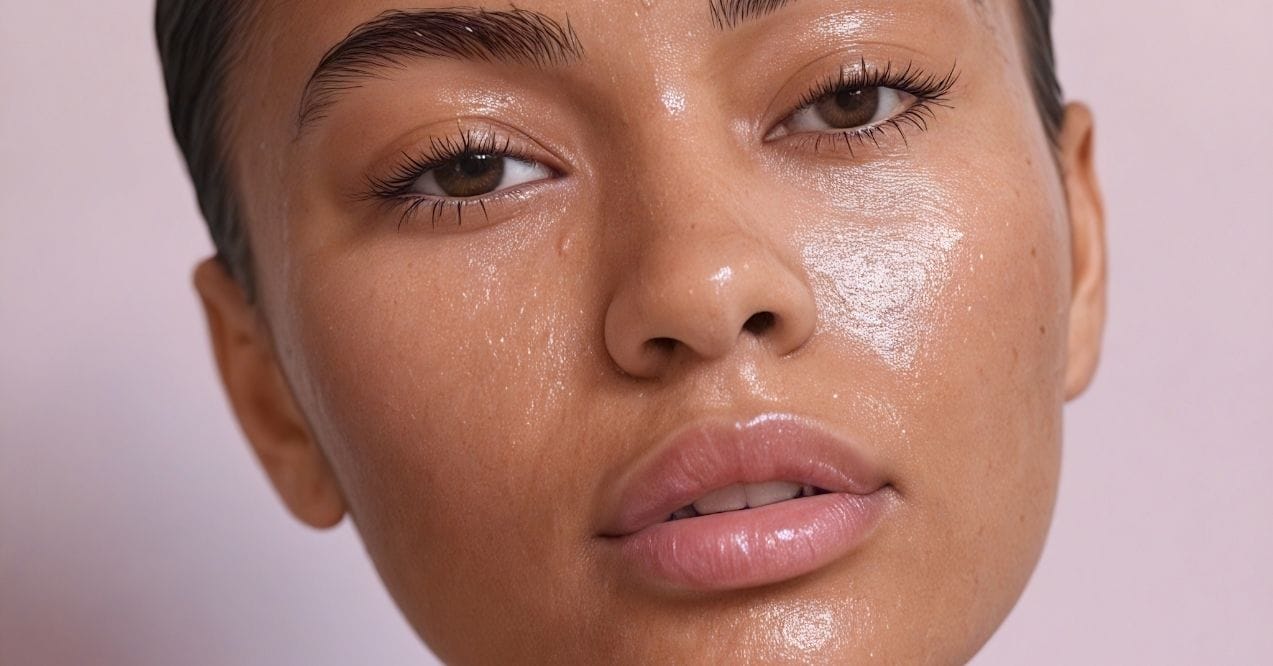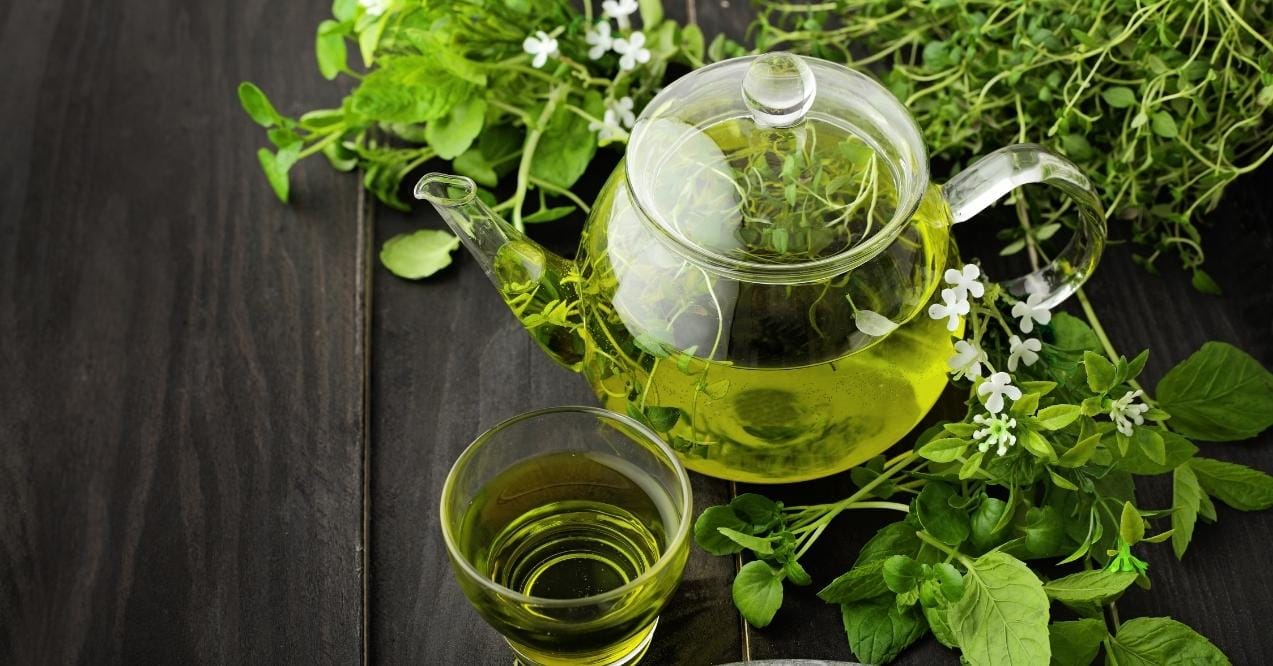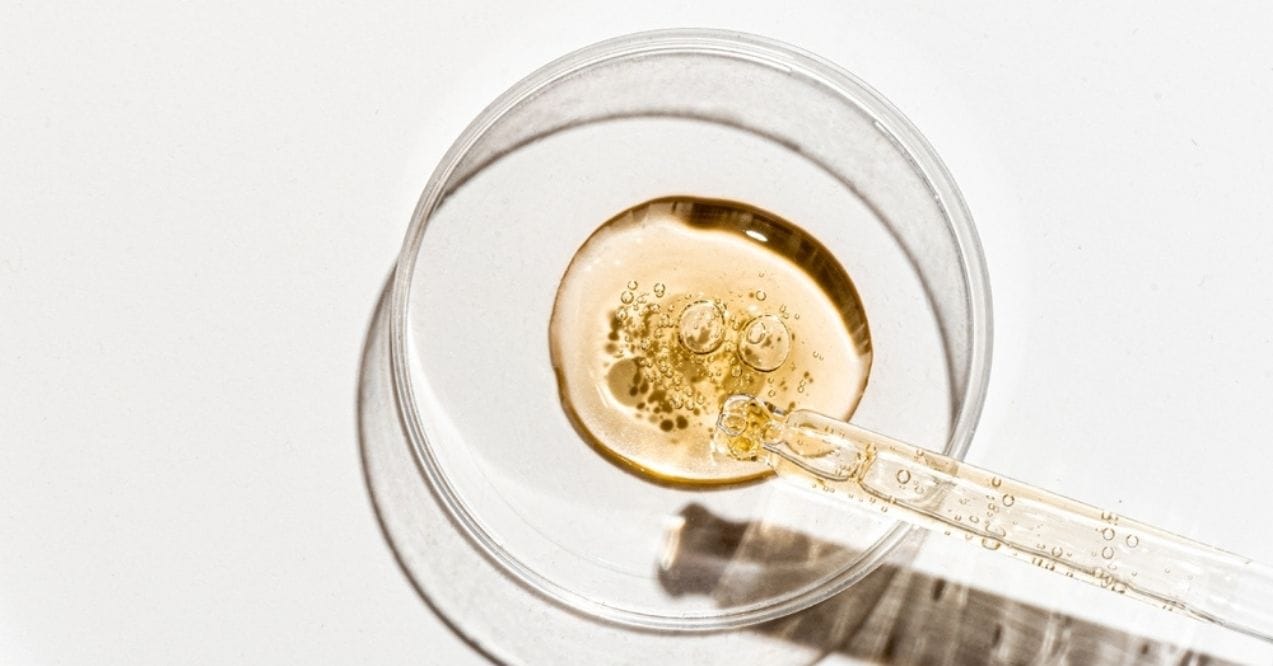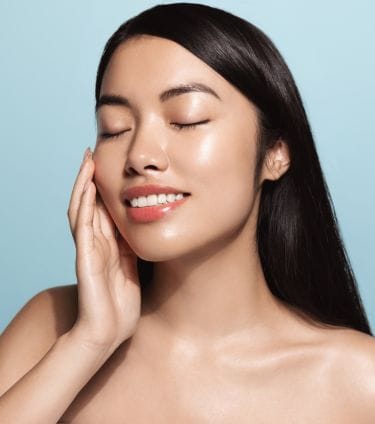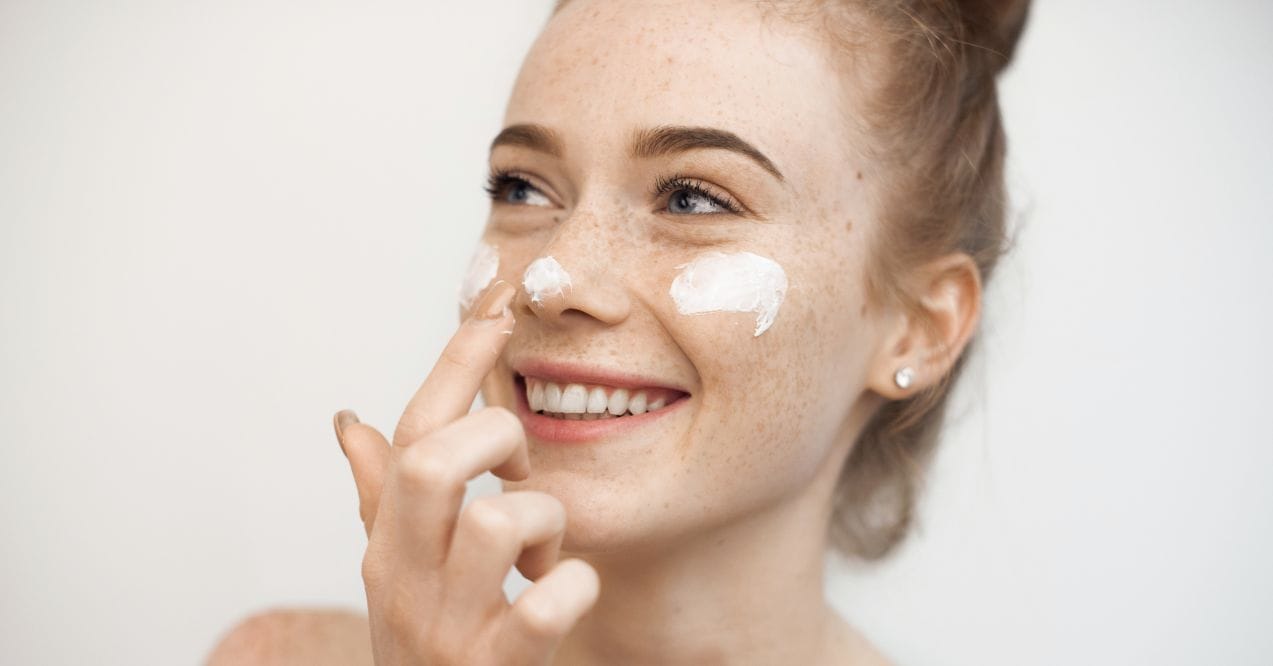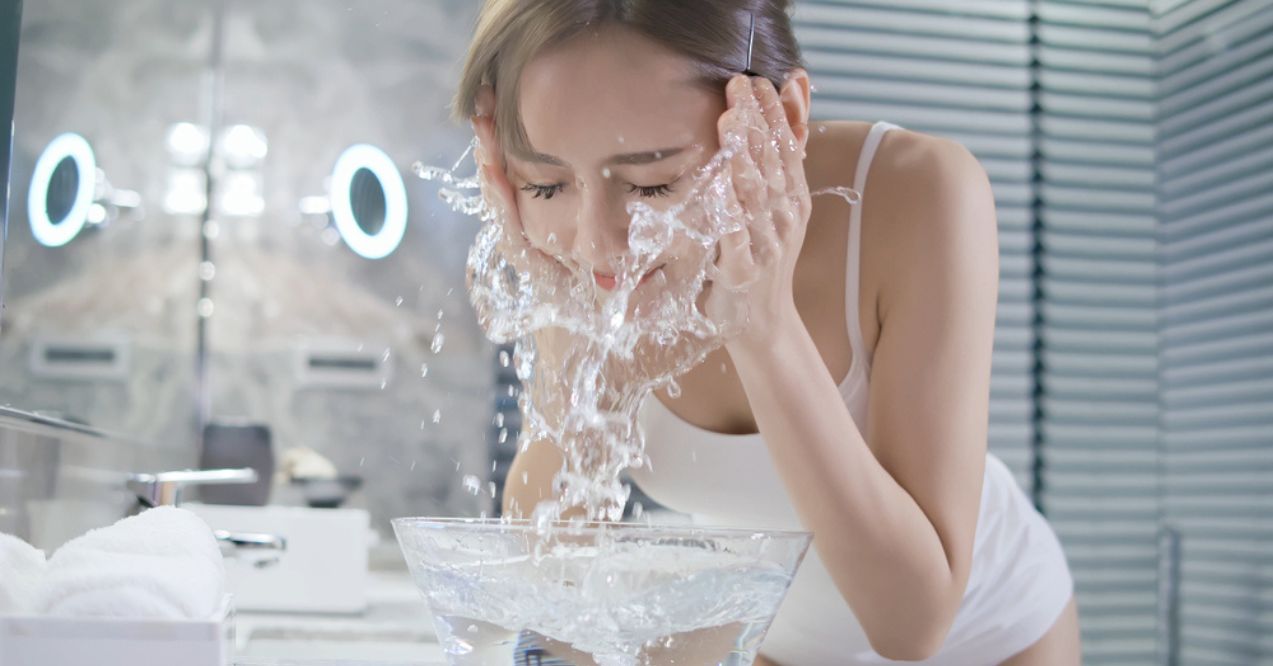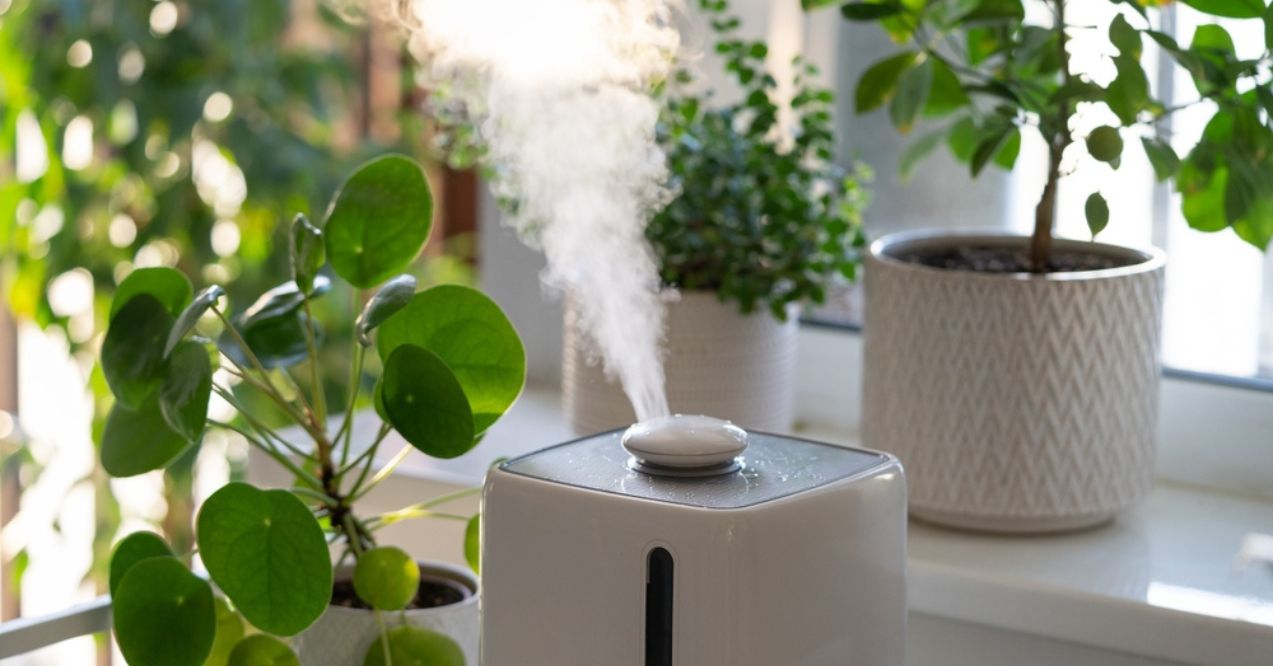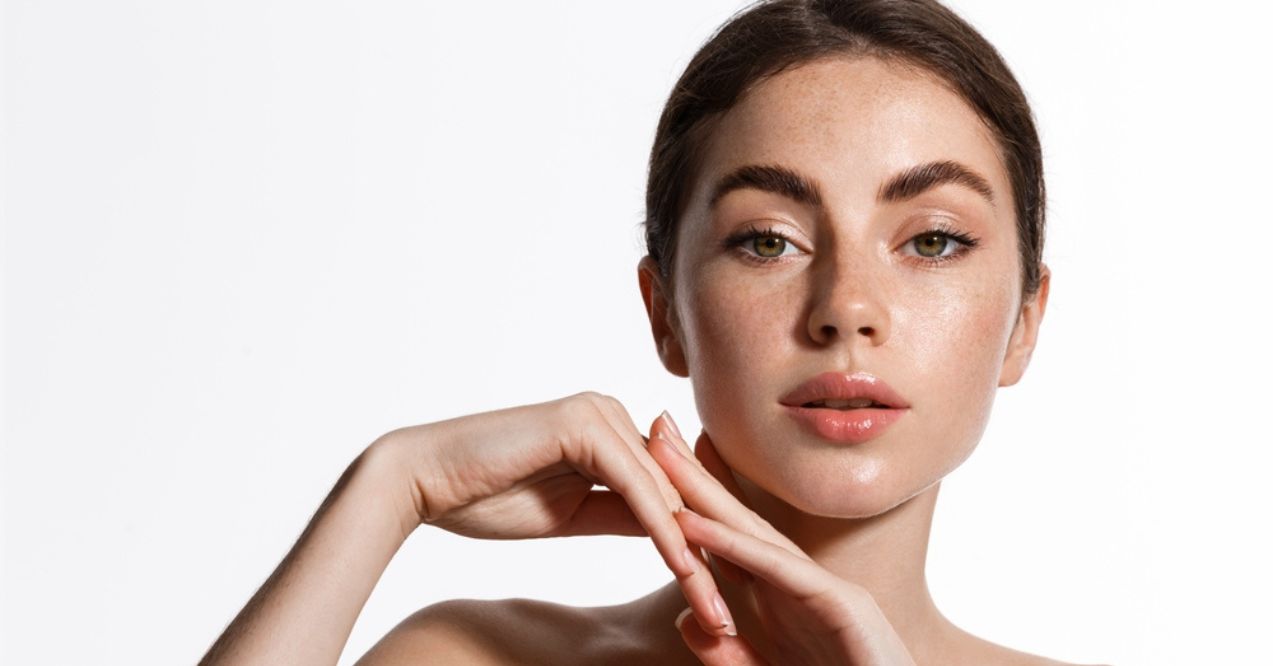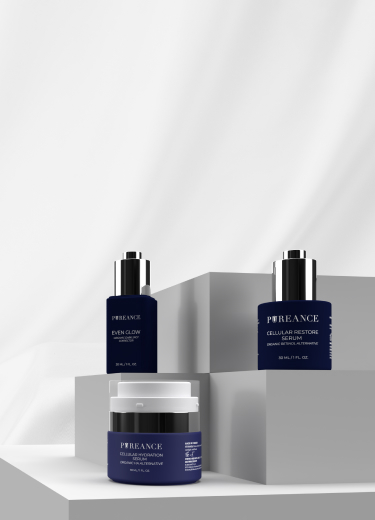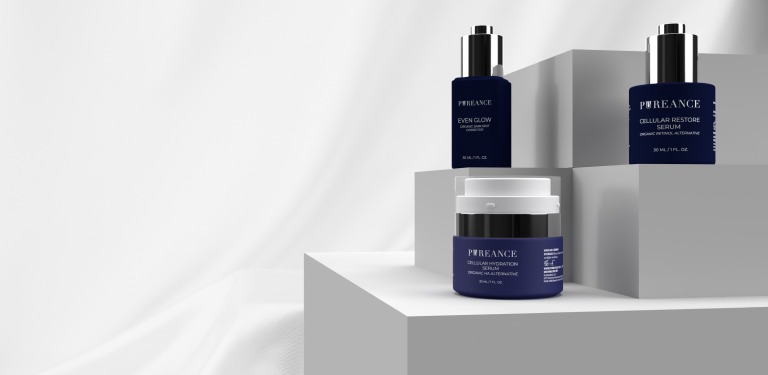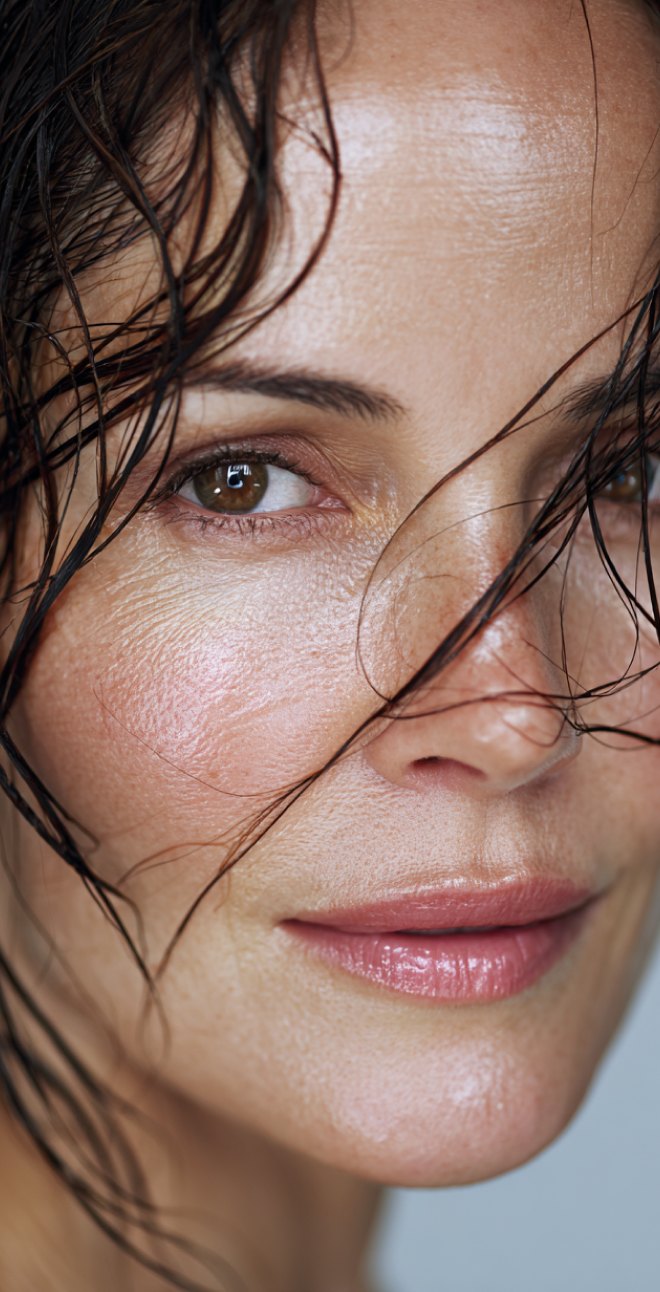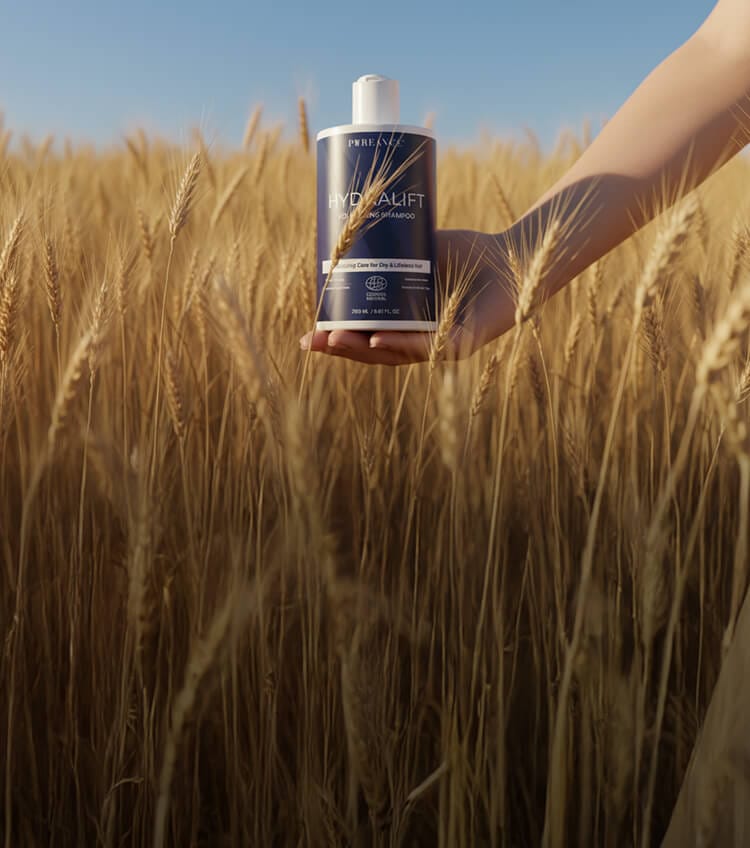


Exploring Pureance Hydralift Shampoo With Wheat Protein
Hair loses vital proteins as we style, color, and simply live our lives. This protein loss leaves strands looking dull and feeling weak. A wheat protein shampoo offers a natural way to replenish what time takes away, helping hair look fuller and feel stronger.
Pureance HydraLift Shampoo brings together plant-based protein science with ingredients that actually respect your scalp. Unlike shampoos that strip away everything (including the good stuff), this formula works to support your hair’s natural structure while keeping things gentle.
We’ll walk through what makes wheat protein shampoo different, why HydraLift’s approach works, and whether this protein-rich option might be right for your hair.
Key Article Findings
- Hydrolyzed wheat protein penetrates hair strands to support strength from within.
- Protein-based shampoos may help improve hair’s appearance, manageability, and resilience.
- HydraLift combines wheat protein with gentle, certified organic ingredients for all hair types.
- Balancing protein and moisture treatments supports both structure and flexibility.
What Makes Wheat Protein Shampoo Unique?
Wheat protein shampoo stands apart because it speaks the same language as your hair. Your strands are mostly made of keratin, a protein. When you use a shampoo with protein derived from wheat, those molecules can actually bind to weakened spots along the hair shaft.
Most shampoos focus solely on cleaning. They wash away dirt and oil, sure, but they don’t give back what hair needs to stay resilient. Some even strip away protective oils, leaving hair more vulnerable than before. A protein-rich shampoo takes a different approach by potentially supporting hair’s structure while it cleanses.
The wheat-derived proteins in these formulas are small enough to work where hair needs them most. If you’ve been dealing with lackluster hair that needs some TLC, understanding how protein works can change your whole routine.
The Science Behind Hydrolyzed Wheat Protein
Hydrolyzed wheat protein goes through a process that breaks down larger protein molecules into smaller peptides. This matters because size determines where these proteins can go. Intact proteins sit on the surface. Hydrolyzed ones slip past the cuticle layer and into the hair shaft itself.
Once inside, these peptides fill in gaps and weak spots. Think of it like spackling tiny cracks in a wall. The protein doesn’t permanently rebuild your hair, but it may temporarily reinforce areas that have been compromised by heat, chemicals, or daily wear.
This is why hydrolyzed forms work better than regular wheat protein. The processing step transforms a topical coating into something that can actually integrate with your hair’s existing structure.
Benefits of Choosing a Shampoo with Protein
A protein-based shampoo may offer several improvements to how your hair looks and behaves:
- Fuller appearance – Protein molecules can plump individual strands, making hair look thicker overall
- Better manageability – Reinforced hair tends to tangle less and style more easily
- Reduced dryness – Protein helps hair retain moisture by filling porous areas
- Smoother texture – When the cuticle layer gets protein support, hair feels softer to touch
- Less breakage – Stronger strands potentially snap less during brushing and styling
These benefits build over time with consistent use. One wash won’t transform your hair, but regular protein support may help maintain what you’ve got while improving overall resilience.
Why Pureance HydraLift — a Wheat Protein-Infused Shampoo — Stands Out
Not all protein shampoos take the same approach. Pureance HydraLift positions itself as a premium option that doesn’t compromise on ingredients or ethics. The formula prioritizes what actually works while leaving out what doesn’t need to be there.
What sets this shampoo wheat protein formula apart is the combination of effective actives with genuine sustainability standards. It’s not just about adding one hero ingredient. It’s about creating a complete formula where every component plays a role in supporting hair health.
Key Ingredients
Hydrolyzed Wheat Protein forms the foundation, working to strengthen strands and improve resilience. This is the ingredient doing the heavy lifting when it comes to structural support.
Betaine acts as a humectant, drawing moisture from the air into your hair. It also helps reduce static and improves how smoothly your brush glides through. This sugar beet-derived ingredient keeps things soft without adding weight.
Coco-Glucoside provides gentle cleansing power. This coconut-derived surfactant lifts dirt and oil without harsh stripping. Your scalp stays balanced, and hair doesn’t end up parched.
The formula carries Ecocert COSMOS certification, which means it meets strict organic and environmental standards. It’s also vegan, gluten-free, and nut-free, making it accessible for various sensitivities.
Suitable for All Hair Types
Fine hair gains lightweight volume without that heavy, coated feeling some protein treatments leave behind. The formula lifts from the roots while strengthening each strand.
Those with curly hair often struggle to balance protein and moisture. This protein shampoo for curly hair addresses that by providing structure support without drying things out. Curls hold their shape better when hair has adequate protein.
If you’ve got thick hair that feels like straw, the wheat protein may help fill in porous areas. Thicker textures often need more intensive repair, and protein-based formulas work well for this purpose.
Even if your hair is currently healthy, using a protein shampoo for fine hair or any texture can serve as maintenance. Prevention beats correction every time.
A Protein Rich Shampoo Without Harsh Chemicals
HydraLift skips the sulfates entirely. It also leaves out parabens, silicones, and synthetic fragrances that can build up or irritate. This makes it suitable for sensitive scalps that react to conventional formulas.
Gentle doesn’t mean weak. The formula still cleanses effectively. You’re just doing it without ingredients that work against your hair’s natural balance.
Who Should Consider a Protein Based Shampoo?
Protein-based shampoo works best for hair that’s lost structural integrity. This includes hair that’s been chemically treated, heat-styled frequently, or simply thinning due to age or hormonal changes.
If your hair feels limp, breaks easily, or won’t hold style like it used to, you’re probably looking at protein depletion. Regular shampoos can’t address this. They clean, but they don’t rebuild. A protein rich shampoo may help restore some of what’s been lost.
That said, protein isn’t always the answer. Some hair needs moisture more than structure. If your hair feels dry and brittle but also stretchy when wet, you might be dealing with a moisture issue rather than a protein one. Understanding the nutrients your hair needs can help you target the right solution.
Signs Your Hair May Need Extra Protein
Watch for these indicators that suggest your strands could benefit from protein support:
- Hair looks flat within hours of washing, even after using volumizing products
- Split ends appear frequently despite regular trims
- Strands snap easily when you brush or style
- Your hair has lost its natural shine and looks dull regardless of products
- Curls or waves have lost definition and won’t hold their pattern
If multiple signs sound familiar, incorporating a protein-based shampoo into your routine might help. Start with once or twice weekly and observe how your hair responds.
When to Alternate Protein and Moisture Shampoos
Hair needs both protein for strength and moisture for flexibility. Too much of either throws things off balance. Protein overload makes hair stiff and prone to snapping. Moisture overload leaves it limp and mushy.
For most people, alternating works well. Use your protein shampoo two to three times per week, then switch to a moisture-focused cleanser for the remaining washes. This rhythm gives hair structural support while maintaining softness and movement.
Those with curly or chemically treated hair often need more careful balancing. Pay attention to how your hair feels. If it starts feeling too soft and won’t hold style, add more protein days. If it feels dry and rigid, increase moisture.
Conclusion
Wheat protein shampoo offers a science-backed approach to supporting stronger, healthier-looking hair. By choosing a formula like Pureance HydraLift that combines hydrolyzed wheat protein with gentle, organic ingredients, you’re working with your hair’s natural structure rather than against it.
Whether you’re dealing with fine hair that needs volume, curly hair that needs definition, or any texture that’s lost its vitality, protein-based cleansing may help restore what time and styling have taken away.
It may help strengthen strands by filling weak spots with protein molecules similar to hair’s natural structure, potentially improving fullness and resilience.
Regular shampoo only cleanses. Protein-rich formulas cleanse while also depositing strengthening proteins that may reinforce hair structure and reduce breakage over time.
Most people benefit from using it 2-3 times weekly, alternating with a moisturizing shampoo to maintain balance between strength and flexibility.
It may temporarily bind split ends together and potentially prevent new ones by strengthening hair, though trimming remains the only permanent solution.
Those with chemically treated, heat-damaged, thinning, or fine hair typically see the most improvement from regular protein-based cleansing routines.
This site offers health, wellness, fitness and nutritional information and is designed for educational purposes only. You should not rely on this information as a substitute for, nor does it replace, professional medical advice, diagnosis, or treatment. If you have any concerns or questions about your health, you should always consult with a physician or other health-care professional. Do not disregard, avoid or delay obtaining medical or health related advice from your health-care professional because of something you may have read on this site. The use of any information provided on this site is solely at your own risk.
Nothing stated or posted on this site or available through any services are intended to be, and must not be taken to be, the practice of medical or counseling care. For purposes of this agreement, the practice of medicine and counseling includes, without limitation, psychiatry, psychology, psychotherapy, or providing health care treatment, instructions, diagnosis, prognosis or advice.
